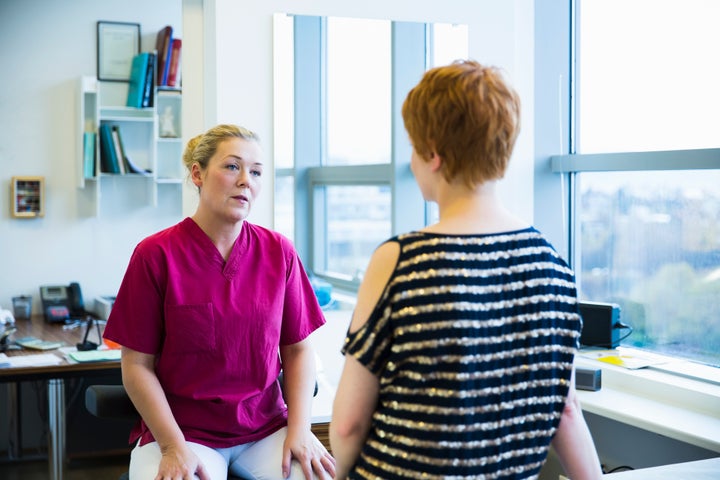Lesbian, bisexual and other women who have sex with women are incorrectly being told they do not need to attend smear tests, LGBT+ charities have warned.
Research highlighted by the National LGB&T Partnership - an alliance of LGBT+ charities - reveals that 37% of women who have sex with women have been told they do not require a cervical screening test due to their sexual orientation.
This resulted in over half disengaging from screening programmes, believing they were not at risk.
In reality, the human papilloma virus (HPV) which causes cervical cancer is passed on through intimate skin-to-skin contact, which includes sex between two women.

According to the LGBT Foundation, who are part of the National LGB&T Partnership, “all women between the ages of 25 and 64 who have a cervix – including lesbian and bisexual women - need to go for regular cervical screening tests”.
“The Human Papilloma Virus (HPV), which causes cervical cancer, can be passed on during sex. This includes sexual activity between two women,” the site explains.
The finding on smear tests is being shared as part of National Lesbian and Bisexual Women’s Health Week, which aims to highlight that “lesbian, bisexual and other women who have sex with women are experiencing a range of health inequalities and both face barriers to accessing health care and are having poor experiences when they do”.
Other issues the National LGB&T Partnership is highlighting as part of the week include:
:: 21% of bisexual women and 12% of lesbian women reported a long term mental health problem, compared to 4% of heterosexual women.
:: 29% of lesbian and bisexual women report more binge drinking compared to 12% in the general population of women.
:: 36% of lesbian and bisexual women reported health professionals assumed they were heterosexual.
Commenting on the awareness week, Claudia Carvell, women’s programme coordinator at the LGBT Foundation said: “When it comes to healthcare, lesbian, bisexual and other women who have sex with women continue to face a range of barriers, and inequalities still exist.
“The aim of the week is to raise awareness of the issues but also to celebrate and promote some of the great work being done in this area by groups and services across the country.
“Service providers and individuals can get involved in a variety of ways – including a thunderclap, posters, infographics, blog posts and selfies. We would encourage everyone to visit the website to find out how they can be part of the change.”
You can find out more about the awareness week here.